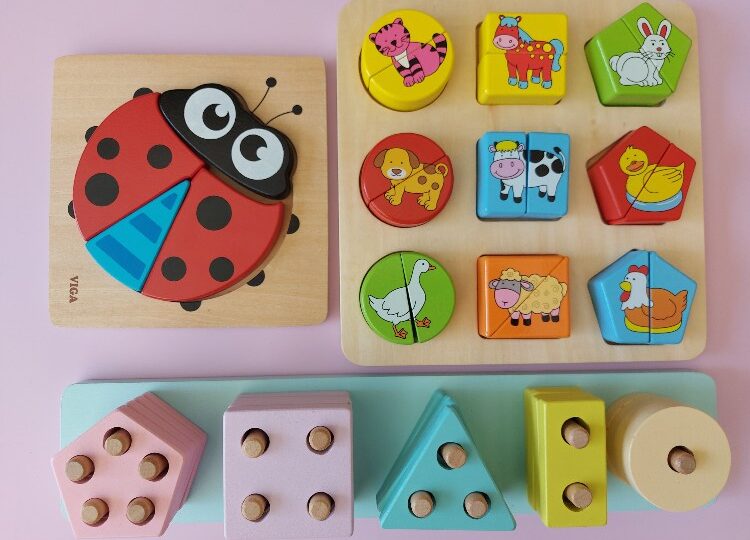Do you have a passion for puzzles but find yourself struggling with more difficult ones? Or you’ve recently taken up puzzling as a hobby and are looking to improve your skills. Whatever your reason, unraveling a hard puzzle can be equally rewarding and challenging. Luckily, we’ve compiled five essential tips to make your puzzling experience nothing short of a resounding success.
Here are some steps and tips to help you complete a difficult jigsaw puzzle;
Be mindful of piece orientation
When it comes to solving hard puzzles, attention to detail is crucial. One often overlooked aspect is piece orientation. As you’re working, regularly rotate your uncompleted pieces to ensure you’re exploring all possible connections. This may seem tedious, but it may make all the difference in finding that elusive piece to complete a section.
Sort the pieces
A crucial aspect of successful block puzzle building is organization. Carefully sorting your puzzle pieces will save you time and effort in the long run. Consider sorting them by color, edge pieces, pattern, or any other distinguishing feature. You can use plastic bags, containers, or small trays to keep your organized pieces separate and easily accessible.
Look for unique pieces
To make progress, start by focusing on the most distinguishable pieces first. These distinctive pieces can include edge pieces, unique colors, or an unusual shape that will stand out from the rest. By assembling these pieces before getting lost in a sea of similar-looking pieces, you’ll quickly lay the groundwork for the rest of the puzzle and gain momentum.
Start with the edges
Once you’ve sorted your puzzle pieces, it’s time to start building! Assembling the border or edge pieces is a tried-and-true method that creates a helpful framework for the rest of the puzzle. Look for pieces with straight edges and corners, and then connect them by matching colors and patterns. This strategy offers an excellent starting point and a visible sense of progress.
Focus on sections
When tackling a hard puzzle, attempting to build it in its entirety may feel overwhelming. Instead, break the puzzle down into smaller, manageable sections. Isolate areas with similar colors or patterns and work on them individually. As you complete these smaller sections, you’ll see how they fit together and gradually make sense of the bigger picture.
Celebrate milestones
Although focusing solely on the end goal is tempting, recognizing and celebrating the milestones you achieve throughout the puzzle-solving process can make the task feel more manageable. For example, celebrate when you’ve completed all the edge pieces or successfully pieced together a particularly tricky section. Acknowledging these small victories will motivate you and make the overall experience more enjoyable.
Use the picture on the box
You might be tempted to dive right into the messy puzzle pieces without glancing at the picture on the box. However, that picture is a valuable asset in your puzzle-solving arsenal. Use it as a roadmap to identify specific patterns, colors, and shapes that will guide you in finding the correct placement of the pieces. Even better, keep it within your line of sight while working on the puzzle to speed up the process.
Wrapping up
Now that you’re equipped with these tried-and-true puzzle-solving strategies, it’s time to roll up your sleeves and face the challenge head-on. We’re confident that even the most complex puzzles will be possible with the right approach.





